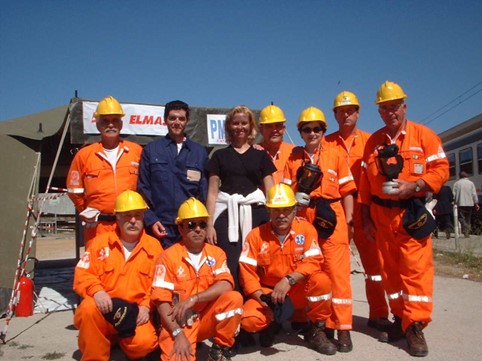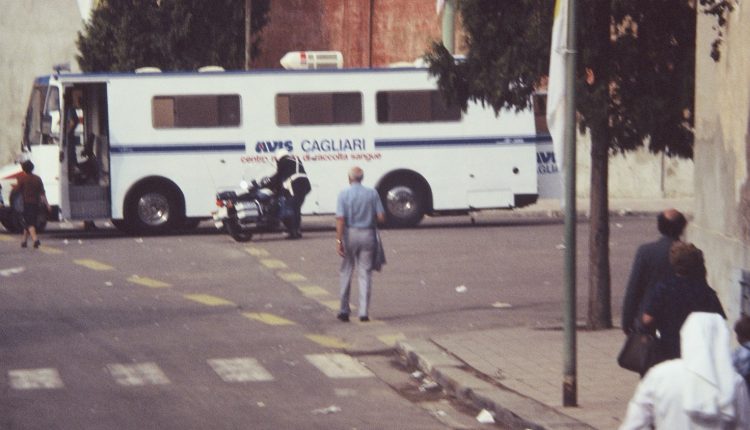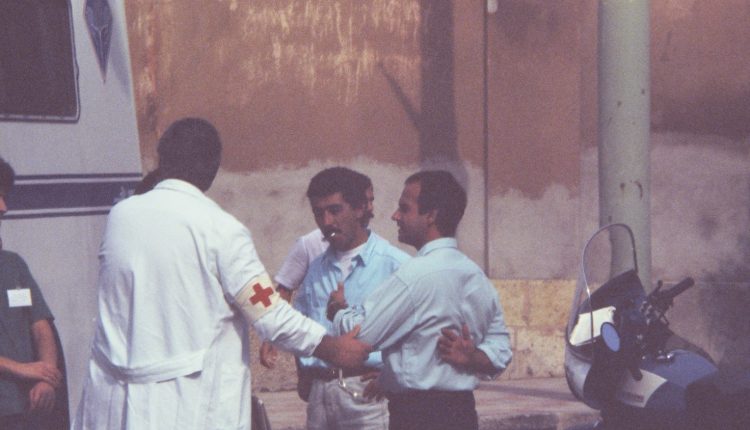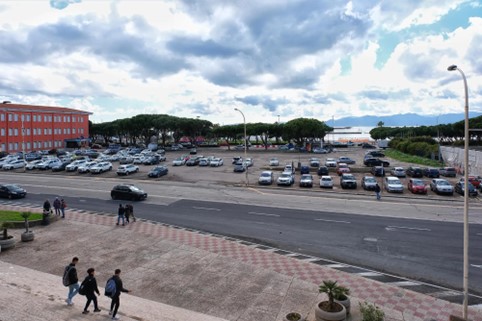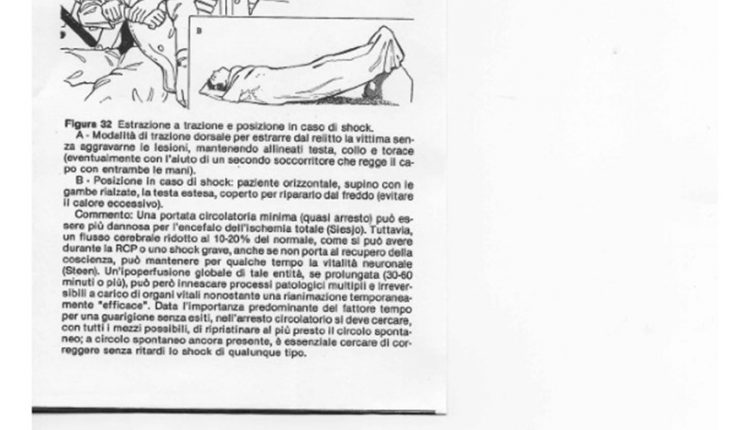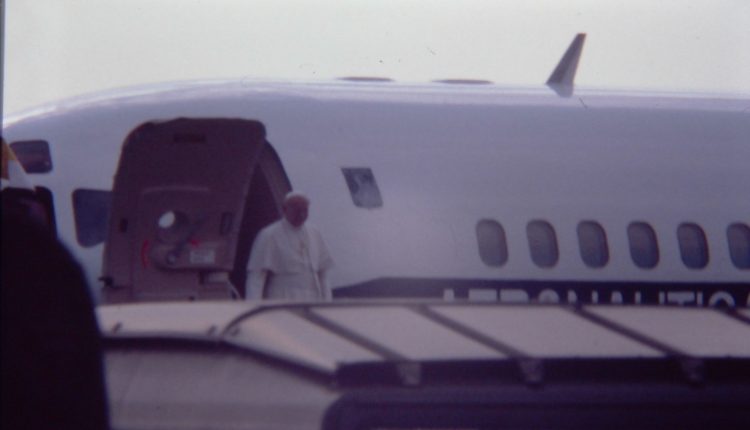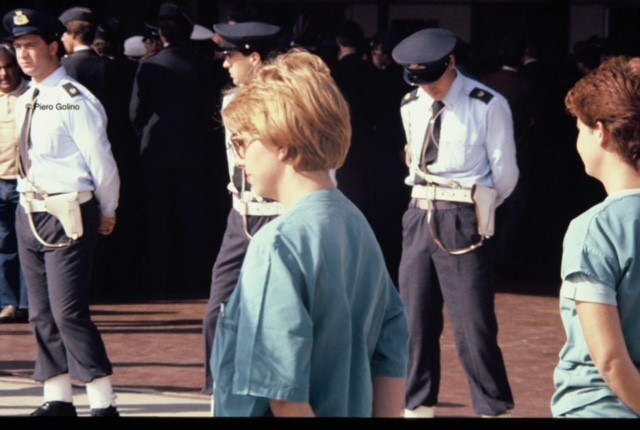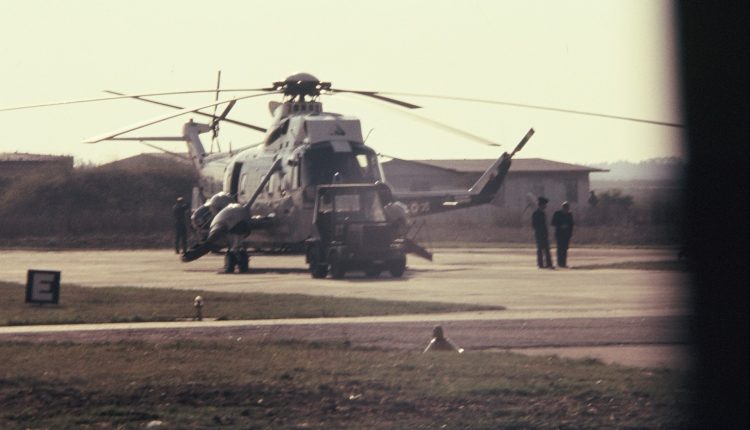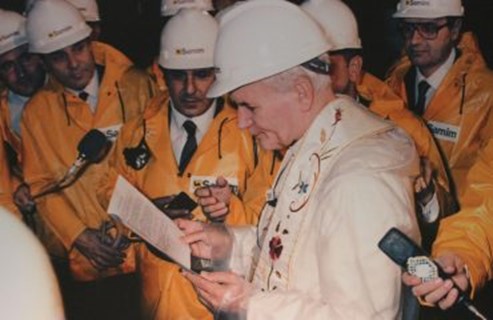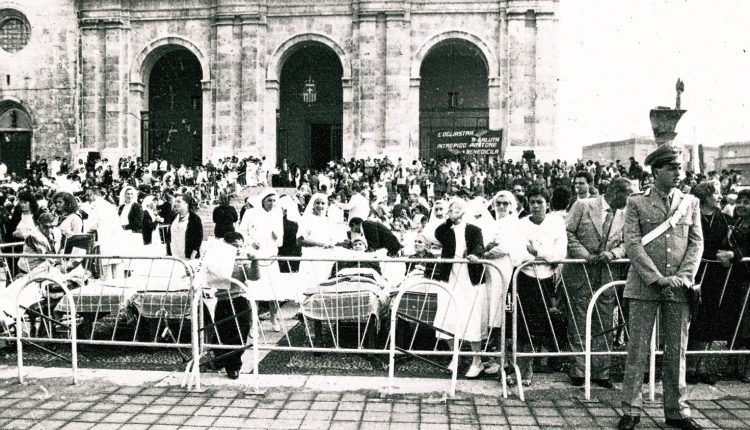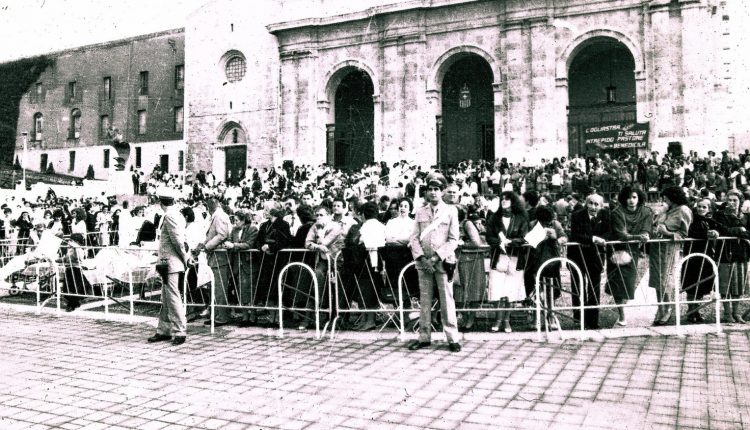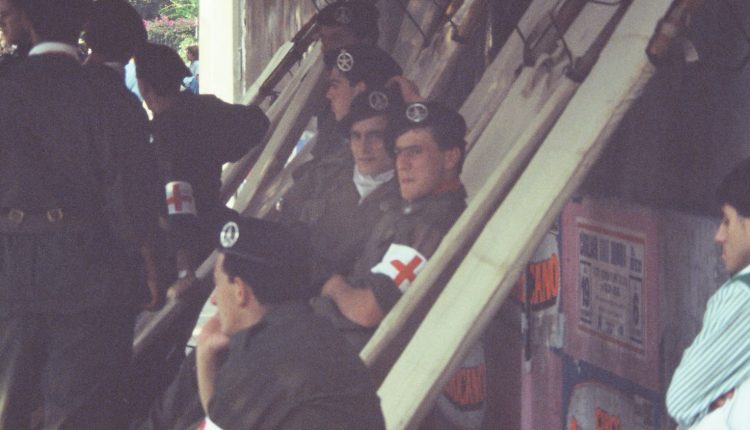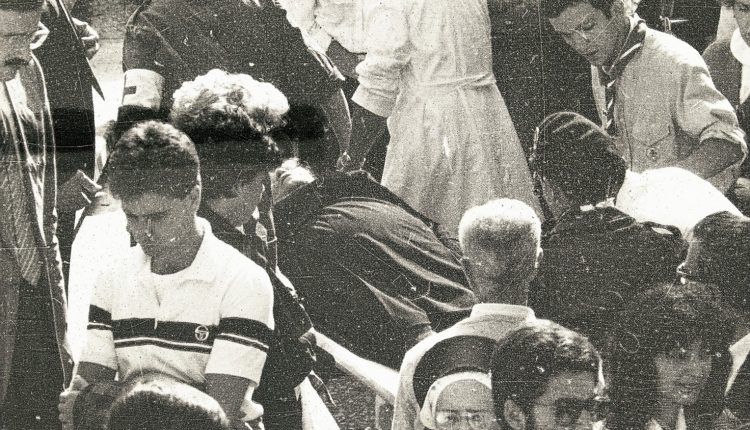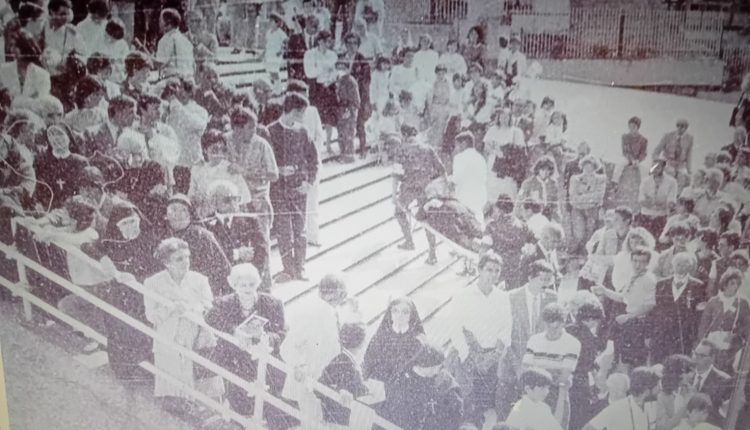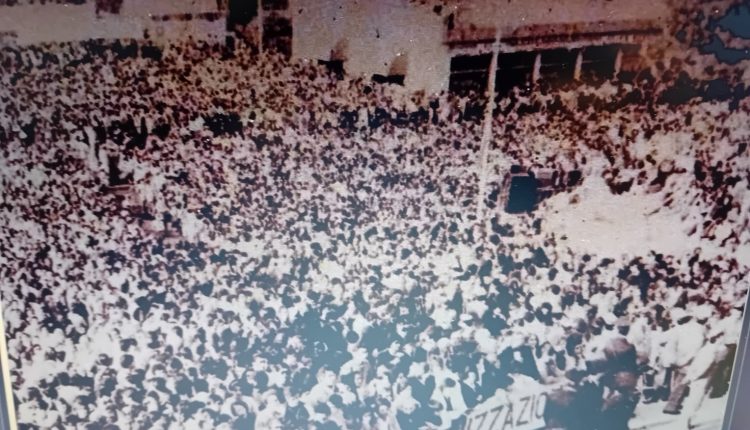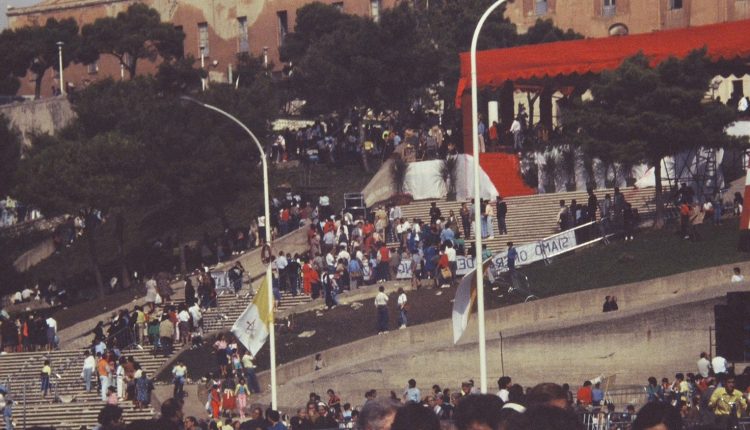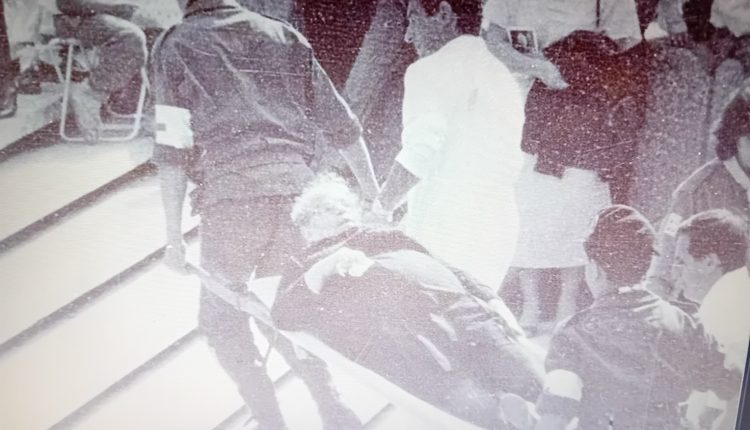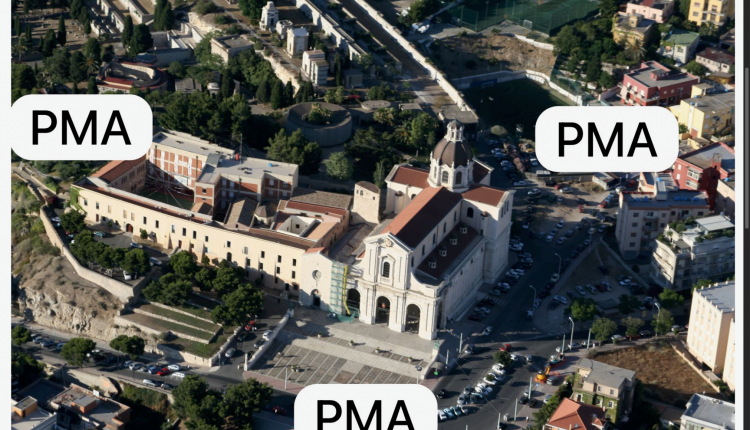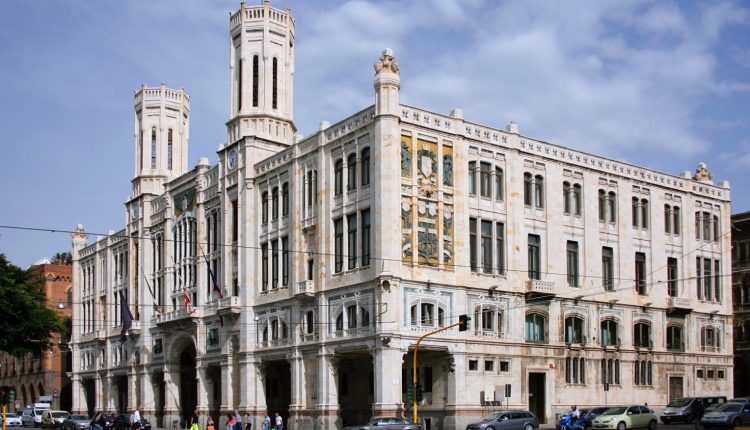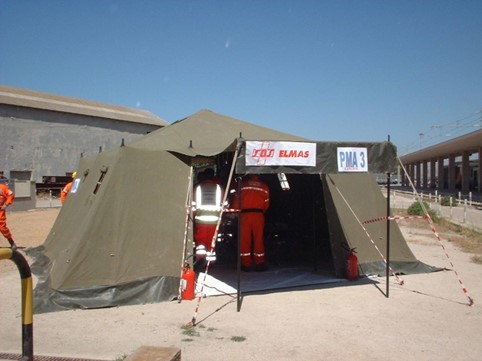
Piero's Diary - The Advanced Medical Posts (AMPs)
The Adaptability of Advanced Medical Posts (AMPs) in the Emergency Medical Plan: An Anticipation of the Modern Out-of-Hospital Medical Rescue System
Having solved the problem of medical responders, about 280 (doctors, nurses, rescue volunteers, military stretcher bearers, radio operators) and the 18 ambulances, it was necessary to identify places to collect patients and give them first aid.
I remembered that a few years earlier in Paris (at the Henri Mondor Hospital headquarters of SAMU 94, I had taken courses in Catastrophe Medicine and Urgent Medical Resuscitation Service (SMUR) directed by Prof. Pierre Huguenard the historical inventor and director of Samu 94.
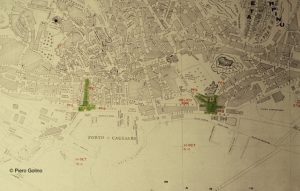 Huguenard was a relative of the even more famous Professor Laborit who developed “Gamma OH,” one of the first intravenous anesthetics that took the place of the widely known “Pentothal.”
Huguenard was a relative of the even more famous Professor Laborit who developed “Gamma OH,” one of the first intravenous anesthetics that took the place of the widely known “Pentothal.”
At courses I had noticed that my French colleagues had transferred to the civilian world what they had experienced militarily in the course of so many wars; they would set up large military tents arranged in a cross pattern with entrance-exit and side spaces.
These were the Advanced Medical Posts (AMPs) located close to the site of any major event, even before any accident could occur, and they would allocate them to receive those involved to carry out “triage”, the classification of the severity of the injuries and their subsequent triage eventually into the AMP for stabilization before sending them to the most appropriate hospital department for appropriate care.
In practice even today, triage determines color codes (white – green – yellow – red – black) that have been recently modified and that precisely classify the actual severity of the clinical cases observed.
The triage classification in effect at SAMU 94 in the 1980s included the uninjured (green), relative emergencies (yellow), absolute emergencies (red) and the deceased (blue).
The AMP represented the arrival point of patients, coming from the scene of the event, after a short-distance transport (petite NORY) the TRIAGE was performed , then patients were either retained or sent to the hospital at a greater distance (large NORY) by means of means of variable speed (ambulances-helicopters-airplanes).
In Varese in 1984 , on the occasion of the Pope’s visit to a shrine several kilometers away from the town (on Monte Santo at 800 meters above sea level) about two hundred military stretcher bearers had been distributed along the entire route to support the medical personnel.
We in Cagliari, for the October 20, 1985 event, would have been inside the built-up area and in a flat area.
We would have had to do without the large military tents; however, we had at our disposal two BUS – auto emoteche – AMP, actually two adapted buses (normally used for the collection of blood donations) and equipped inside with two or three cribs and medical personnel.
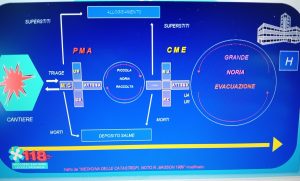 On the occasion, the two buses were used as AMP manned by medical personnel (doctors and nurses, rescue volunteers, in addition to military stretcher bearers, radio operators and an adequate number of ambulances, about 20).
On the occasion, the two buses were used as AMP manned by medical personnel (doctors and nurses, rescue volunteers, in addition to military stretcher bearers, radio operators and an adequate number of ambulances, about 20).
One bloodmobile – AMP was placed on the right side of the Basilica of Our Lady of Bonaria and the other on the left side of the Basilica.
We quickly realized that perhaps only two AMPs were insufficient, and here was the idea: we would activate a third one inside the Buccari Nautical Institute, which overlooked the Piazza dei Centomila and was right in front of the area of the Basilica, which thus remained included in a triangular space bounded precisely by three AMPs.
We had been promised military camp beds to be placed in the classrooms of the Nautical Institute, but they did not arrive. So it was that we had the school desks (two attached to each other) pulled over and leaned against the perimeter walls of the classrooms, with the inclined plane facing just inside, toward the walls, so that the rescued people who had been placed there would not run the risk of slipping on the floor
Decimomannu Military Airport October 18, 1985
On the morning of October 18, 1985, for the Pope’s arrival at the Decimomannu military airport under the jurisdiction of the nearby Local Health Unit Usl 20, one of their health teams was supposed to take care of the assistance. But at the last moment she had a problem and forfeited. It was therefore a matter of replacing her in a few hours and no one was available. In the end, changing my plans, I decided to take their place assisted by two resuscitation nurses, Daniela Resinelli and Licia Piredda, who equipped with alcohol and absorbent cotton gloves literally sanitized the ambulance before arranging inside the few available medical supplies and the basic necessities that I largely kept in a personal bag.
The opportunity to be within a few meters of the Pope’s plane was one not to be missed, so I decided to also bring along my camera with telephoto lens that I had hidden inside a bag, anticipating bans and consequent searches. Which indeed there were, but no one noticed. So it was that from inside the ambulance I was able to photograph Wojtyla exiting the plane, despite the fact that the area and even our vehicle were literally surrounded by a cordon of military personnel.
Welcoming the Pope, with the other authorities, was the President of the Autonomous Region of Sardinia, then the Honorable Mario Melis with a large group of civil and military authorities.
During the brief greeting ceremony, inside a hangar, we saw a black cat arrive. There was a collective stifled smile thinking about who knows what misfortune could have happened with that “nefarious” sign of fate.
When the ceremony was over, the Pope took a seat on a large military helicopter to stop at the mine of Monteponi (Iglesias), for a historic visit, during which he met the miners and descended with them into the tunnel at a depth of less than two hundred meters.
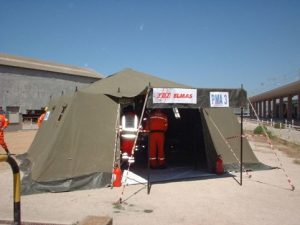 The island tour continued on Oct. 18 and 19 in the north central provinces of the island where thousands of pilgrims and devotees awaited.
The island tour continued on Oct. 18 and 19 in the north central provinces of the island where thousands of pilgrims and devotees awaited.
CAGLIARI OCTOBER 20, 1985
Two days later the Pope would be in Cagliari where the curia had printed the day’s program indicating “two strong moments.”
For us they would be two moments of high alert because of the large crowds of pilgrims expected: (in the morning at the Basilica of Bonaria in Piazza dei Centomila and in the evening in Piazza Matteotti between the civic palace and a department store building).
In the morning there was a large influx of pilgrims in need of assistance.
I was in the stationary AMP inside the Nautical Institute and I remember in particular that a young colleague who had rescued a person with a drop in blood pressure, to no avail had asked the nurses for an analectic, tonic drug capable of stimulating the heartbeat. There was none or we had run out. Smiling, I advised him to use “Trendelemburg drops.” The colleague understood on the fly by smiling back, there are in fact no Trendelemburg drops.
The term Trendelemburg position-anti-shock position refers to a simple maneuver of lowering the level of the head and pulling up the lower limbs. In short, head down and legs up! It had worked, as had the plan, implemented really in record time.
Spending the morning in front of the Basilica of Our Lady of Bonaria in Piazza dei Centomila, in the afternoon the Pope would speak to the youth from the stage set up in the city center in front of the civic palace, in a square packed with young people. A phrase uttered by the Pope addressed to the young people went down in history:
“Take charge of your life and make it a masterpiece”
In the afternoon, the two AMP BUSes were joined by a third fixed one located on the premises of a neighborhood barracks. I was standing very close to the Mobile Pope, surrounded by plainclothes and uniformed officers, when I noticed the rifle barrels of sharpshooters sprouting from the towers of the surrounding buildings. Meanwhile, the operators of the ambulances and the three AMPs deployed in the adjacent streets were doing their work.
In the end, the balance of the entire activity was more than satisfactory.
During that day the presence of one hundred and thirty thousand pilgrims had been estimated.
About two hundred were the interventions for almost all non-serious emergencies: mostly sicknesses, hypoglycemic crises, hypertensive, rhythm disturbances and even “mystical” crises.
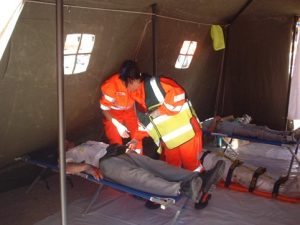 All almost always resolved locally, with very few transports to hospitals.
All almost always resolved locally, with very few transports to hospitals.
The numbers and history of this “Papal Emergency” plan, if we can call it that, were reported in the following months in various congressional reports.
In short, the foundation for an organized service of assistance in out-of-hospital health emergencies was laid.
From that experience for Pope Wojtyla could be taken as a starting point to really organize a modern and effective out-of-hospital medical emergency system like the one of today that is activated by a simple single telephone number like 112/118.
But it would take at least fifteen years, made up of careful observation of national and foreign realities, and very frequent experiments and popularization activities and scientific research throughout the country, until 1992 for the decree establishing the 118 health emergency system and the 1996 decree for the implementation guidelines, to arrive at that result.
Dr. Piero Golino – doctor
Contributors included:
Andrea Coco Journalist – Texts
Michele Golino – Images
Enrico Secci – Graphics




